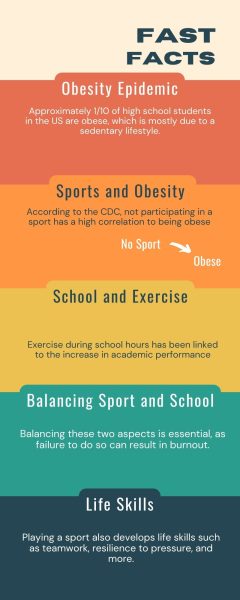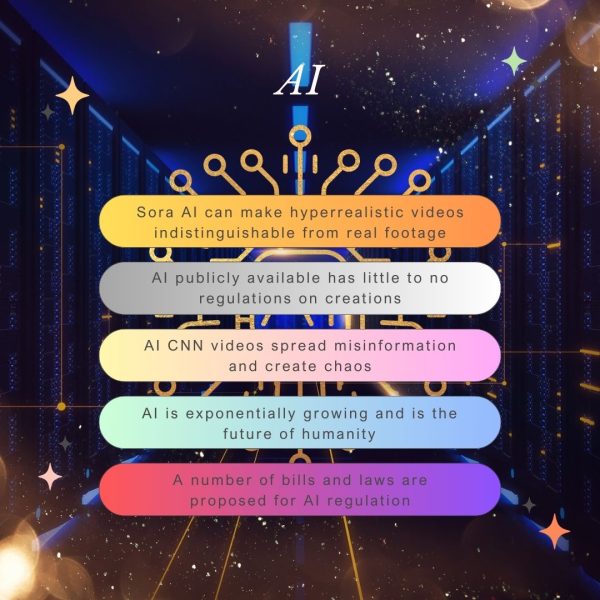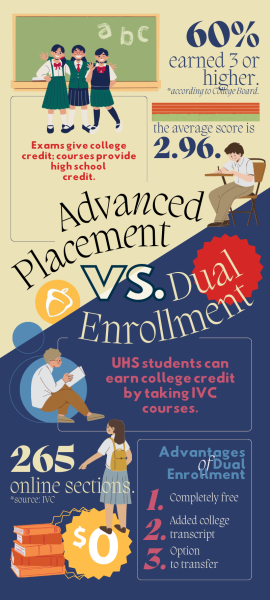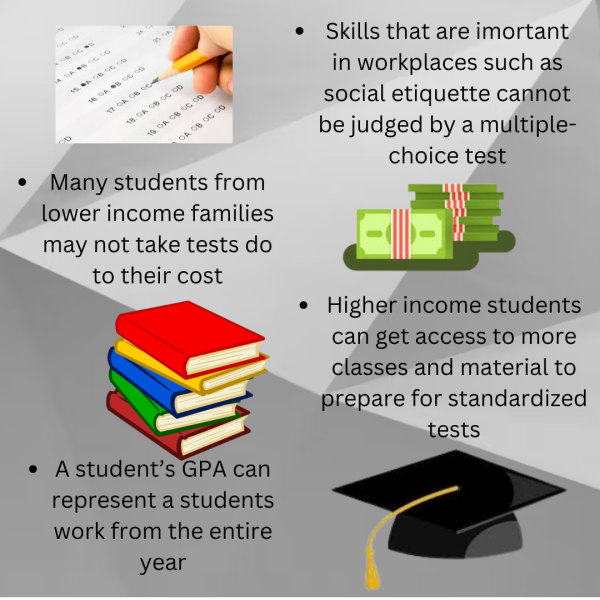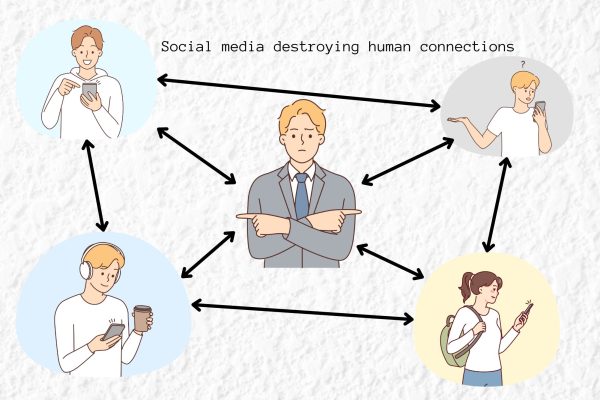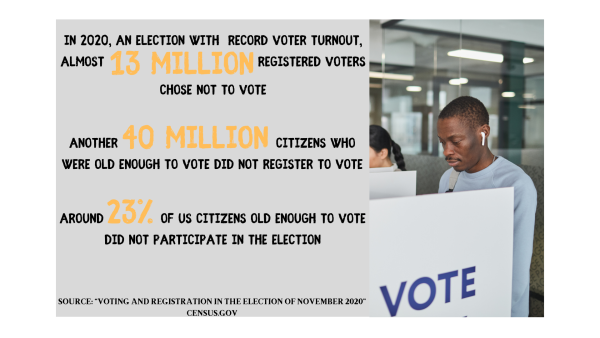All Public College Should be Free
January 20, 2023
*The opinions expressed within the content are solely the author’s and do not reflect the website’s or its affiliates’ opinions and beliefs.*
The annual cost, including tuition, boarding and materials, of higher education in this country today is around four times higher than it was in the year 1980 and two times higher than in 2000 (adjusted for inflation). This increase in costs puts people in immense debt, which often takes decades to pay off. The high cost of attending college also deters many people from even pursuing higher education. New students often choose to get a worse education or simply enter the workforce because of the impossibility of paying immense student debt.
Private universities are motivated by profit to increase tuition costs, and the way they make the most profit is by increasing costs as much as possible. The only thing stopping universities from raising prices astronomically is the competition between schools and the fact that people have the option to skip a college education. This system applies to us in California.
When the UC system was first established, there was no tuition at all. Instead, the universities were subsidized by other sources such as state general funding and the UC Fund. This free system existed for almost a century. Up until the 1970s, the costs for students were kept below $100 a year. However, in 1967, Ronald Reagan changed this policy as governor of California. His running campaign was based on ending the protests against the Vietnam War that were taking place on UC campuses at the time.
“We are in danger of producing an educated proletariat . . . that’s dynamite,” Reagan’s advisor Roger Freeman said. “We have to be selective on who we allow [to go to college].”
On his path to reducing public spending, Reagan proposed a cut of 10% to UC funding and fired Clark Kerr, who was the President of the UC system. The funding for the UC schools decreased from 32% of the UC budget in 1974 to 16% in 2004. These cuts have required the Universities to rely on tuition costs to maintain their schools. Along with that they also created a space for private universities to raise costs, as no longer competition provided education for free.
42.8 million US students and alumni suffer the burden of a constantly increasing debt, with an average debt of $40,780. On top of the principal debt, the debtor also has to pay interest on the debt. With the US government owning 92.7% of student loan debt, this interest could be completely removed without disrupting the financial system. Even if one is unable to pay their student loans and declares bankruptcy, their student loans would still not be discharged. A separate, more tedious, action named adverse proceeding has to be taken by the borrower. An adverse proceeding can only discharge a loan if it has “caused undue harm” to the borrower. This proceeding is very costly especially since the creditor can challenge the debtor’s request. Only about 0.1% apply because the Brunner Test, which tests your eligibility, is extremely difficult to pass.
The high cost of higher education in the United States also restricts social mobility. While someone living in poorer conditions could have the capabilities and time to pursue higher education, the high costs of tuition and class materials would prevent them from expanding their socioeconomic status. If college was financially accessible to everyone, social mobility would drastically increase in the U.S. Currently, our high education costs hurt the most disadvantaged communities and increases the socioeconomic gap.
College is one of the few services in our society with almost inelastic demand. This means that no matter the price of education, one will still pay for it because the need for higher education is necessary for a successful life. This necessity for education allows colleges to increase costs with little to no repercussions. The only repercussion for the universities is the competition between each other. However, we are seeing the cost of college rise today, so clearly such a free market system is not maintaining low costs. Fortunately, the U.S. government has a special power. The federal administration can use government funds to pay for a university’s cost, making tuition free. This would create artificial competition for other colleges and force them to either lower their prices to compete with the new free schools on the market.
Being in debt is a form of forced labor. If you are legally obligated to pay money to someone by a certain time then you are forced to take a job as a source of income. This is incredibly hurtful to the students as it is detrimental to their health. It also interferes with their education in many cases, especially for low-income students who have to work more than 15 hours a week. The necessity of getting hired also removes many lower-income people from entering college at all due to the hardship they would have to endure to do so. This is why there needs to be a fund for students who need the cost of living to be paid for. This is because even with a paid-for college education, leaving your home and paying for living expenses is too expensive for many poor Americans.
One of the main arguments against free public education is that the “free market” can provide education of better quality than the state and that the high costs of education comes from the fact that they provide such high-quality education. However, we have examples of how well the state can provide free education in many comparable European countries. These countries provide free college education to anyone who desires it. Higher education in the US is indeed well-funded and of higher quality than in most other countries. However, this quality can be replicated without unnecessarily high costs. Private universities’ goals are to make more money, which does not directly translate to a better education. Rather than investing in a great educational system, as public universities can, these colleges spend money on things like advertising and aesthetics, things that do not materially help students, but that do increase revenue for these institutions.
Considering these facts, we should move towards a tertiary education system that provides for everyone, not just for the ones who can pay. We need free public college to realize our full educational potential as a society.





